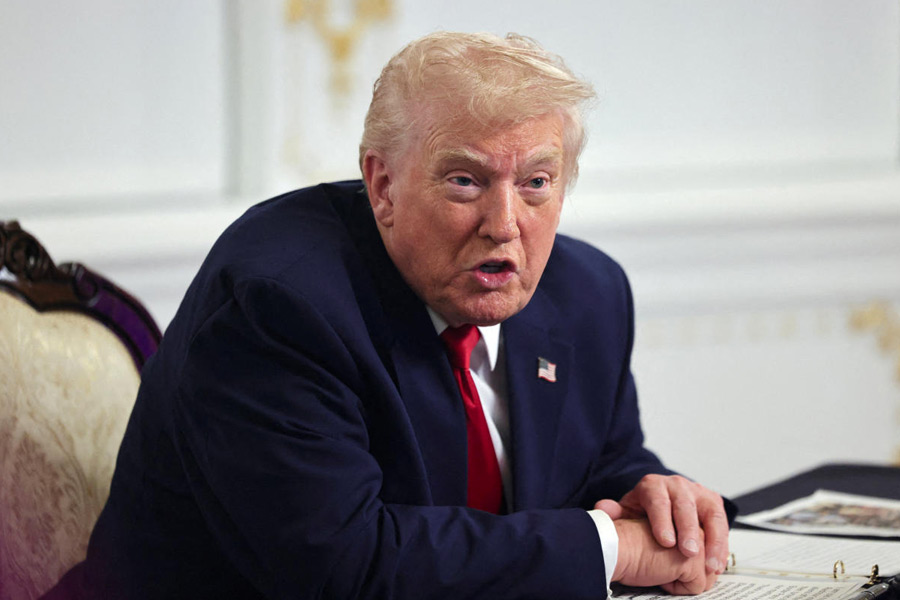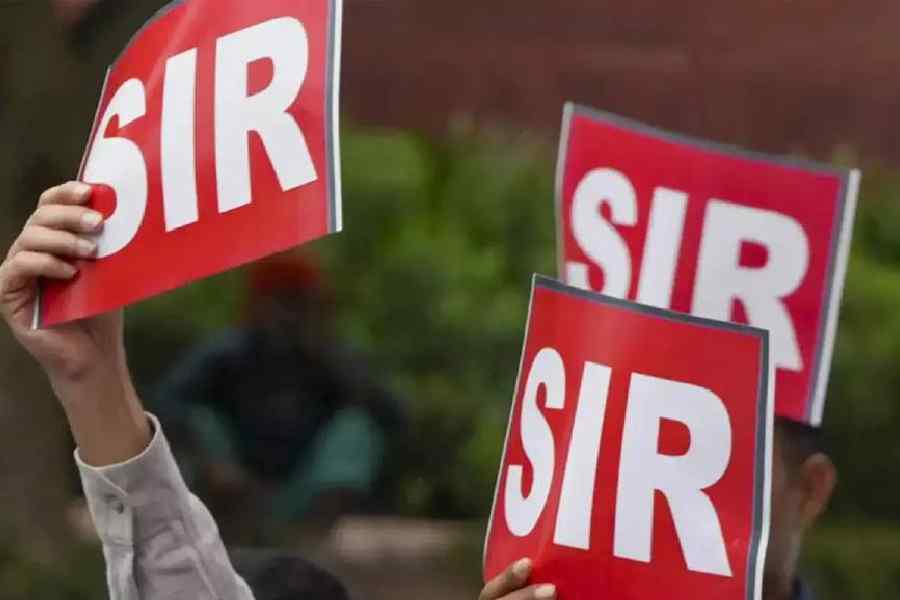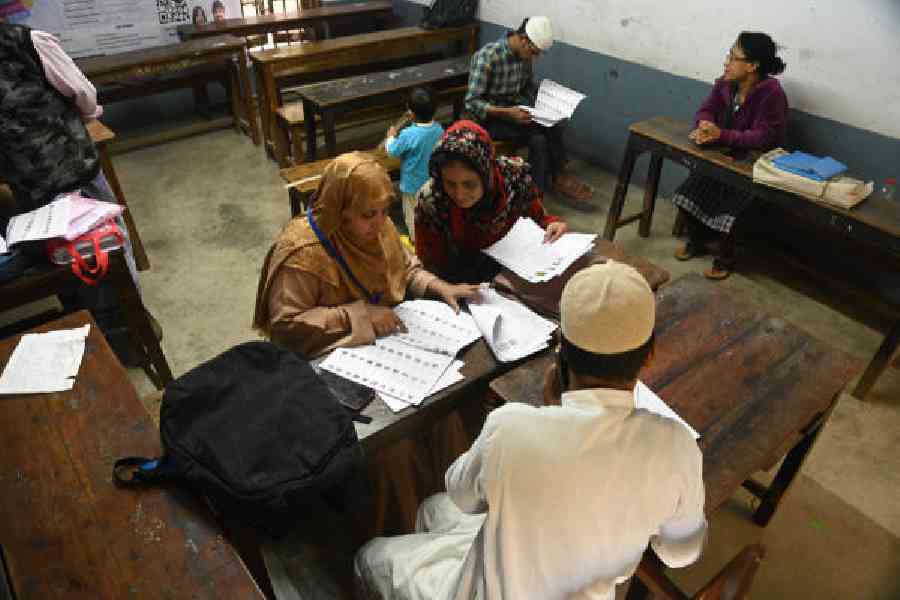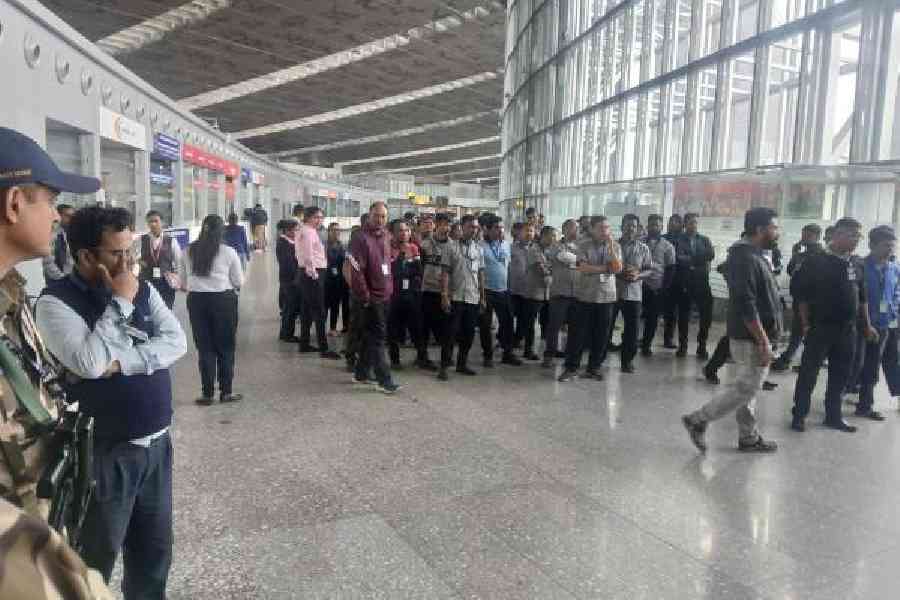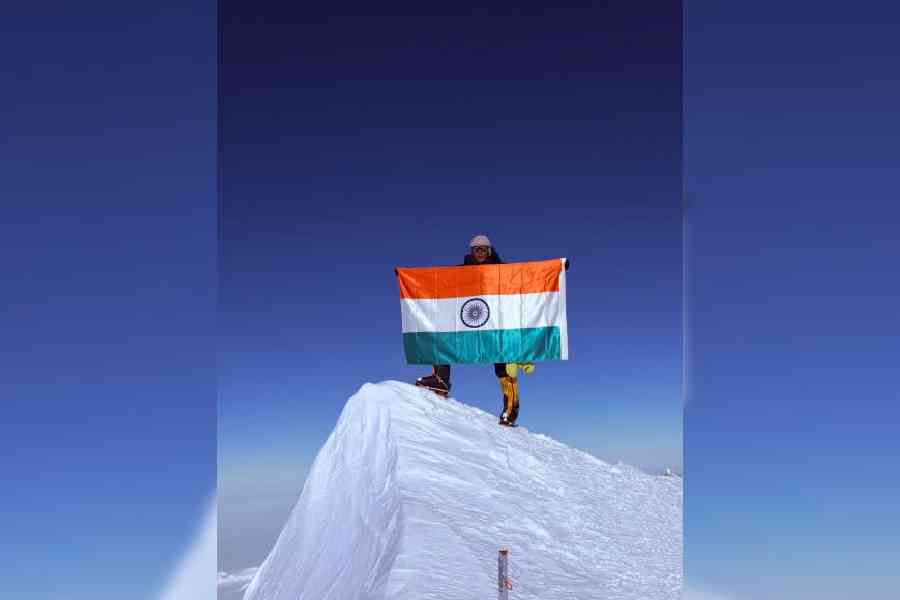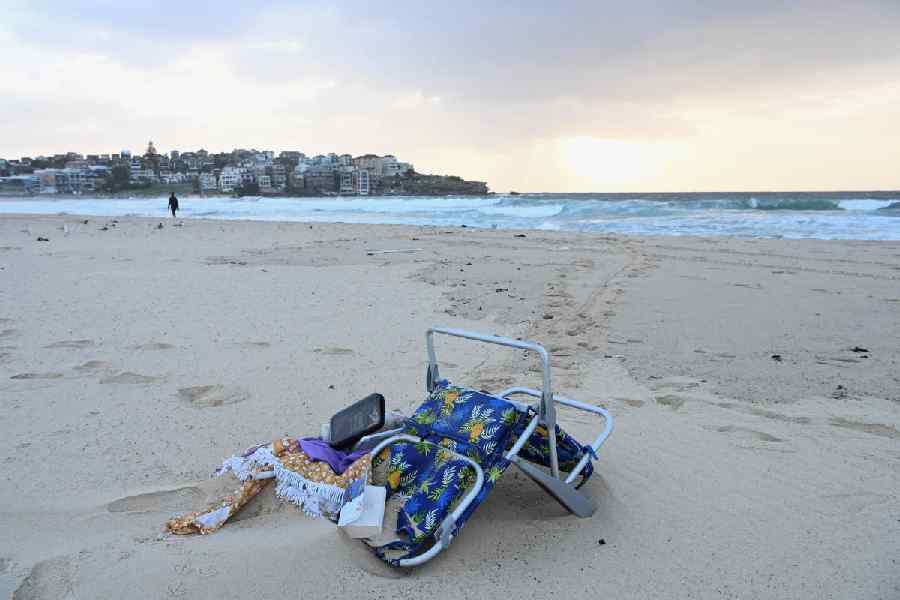|
|
Transforming Pakistan: Ways out of Instability By Hilary Synnott, Routledge, Rs 1,100
Hilary Synnott is a former diplomat in India (1993-6) and Pakistan (2000-3), and the author of a perceptive book, The Causes and Consequences of South Asia’s Nuclear Tests. His new book will reach an influential audience in Britain and in the US, and should be mandatory reading in Pakistan. According to him, India sees no advantage in promoting anarchy in Pakistan; Siachen has little or no strategic importance; Zardari and his party are deeply unpopular; Urdu as a national language is not an “entirely successful” device; the “strategic depth” that the Pakistan military craves for in Afghanistan is “a baffling idea”; the Pakistanis failed to create a pliable government in Kabul after the Soviet pullout; and there are limits to the ISI’s control over militants.
Synnott accuses the army of deforming democracy, making judgments divorced from national interest, and “double dealing and dangerous adventurism”. It has never ceded control on key foreign policy issues. After 9/11, the army was “showered” with assistance, and the ISI was courted because of its “expertise” about militants. It was never clear how Pakistan was spending the funds given to it.
Synnott describes the internal separatism in every province (except Punjab) as the result of resentment against what tantamounts to internal colonialism. Baluchistan, for example, with a high concentration of natural resources, has had its desire for autonomy and development brutally suppressed by the army in a “slow-motion genocide”.
In the border areas, there is increased influence of clerics as opposed to traditional tribal maliks, who continue to profit from both sides. The tribes prefer the status quo to moving closer administratively to Pakistan. None of the agreements between local leaders and militants in the Federally Administered Tribal Areas and the North-West Frontier Province has succeeded. The politicians have left the problem to the army, but its deployment in Fata since 2004 meets with popular opposition to Pakistan’s efforts to tackle militancy.
Pakistan, notes Synnott, is deeply unpopular in Afghanistan, a hostility with its roots in the Durand Line. Attempts by Pakistan to influence Kabul are to ensure a pliant western neighbour to counter India in the east. Pakistan’s objectives in the tribal areas and Afghanistan have never been those of the US. Politicians and the army create, co-opt and support militant religious groups to serve their purposes, and Pakistani agencies encourage terrorists to get into India. When LeT and JeM were banned in 2002, Synnott confirms they promptly regrouped under aliases because they are regarded as military assets.
Synnott doubts if any Indo-Pak agreement for modus vivendi can be delivered politically. The army’s dominance has to be transformed if Kashmir and the Durand Line are to be resolved: meanwhile both disputes need to be rendered “less salient”. Synnott’s conclusions — advocating more investment by the US, EU, China, and other nations for the transformation of the Pakistani body politic — are contestable. He calls for external assistance over multiple sectors and, in the long term, with US in pole position. But few third-world countries will accept unreservedly that friendship with the US brings real benefits.
Synnott is surprisingly cautious about incriminating the ISI in the terrorist attack on the Indian Parliament, the 2008 bombing of the Indian Embassy in Kabul, or the 26/11 tragedy. Indian readers will be astonished by a reference to A.P.J. Abdul Kalam as the “architect of India’s nuclear programme”, and a comparison of Kalam with A.Q. Khan. But this book provides a superb overview of the volatile situation in Pakistan today, and tells a complicated story lucidly.



